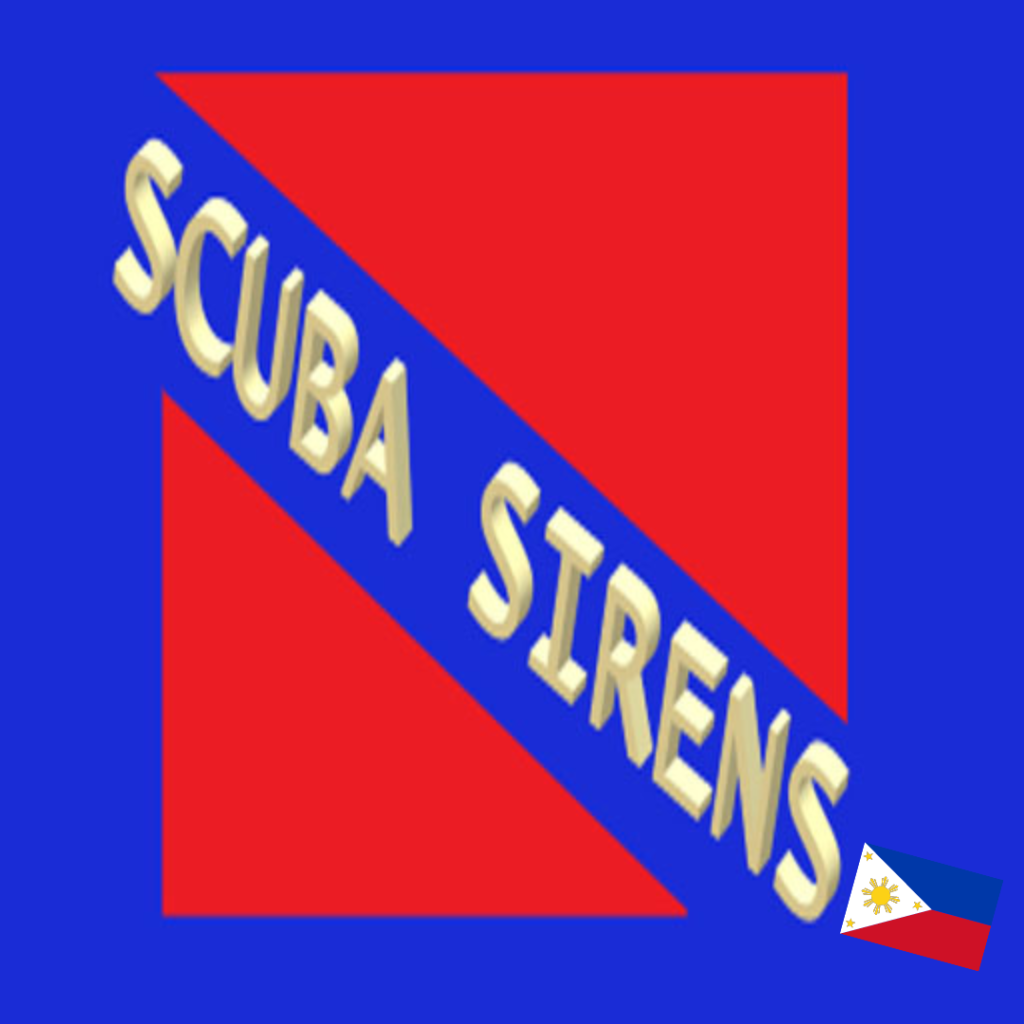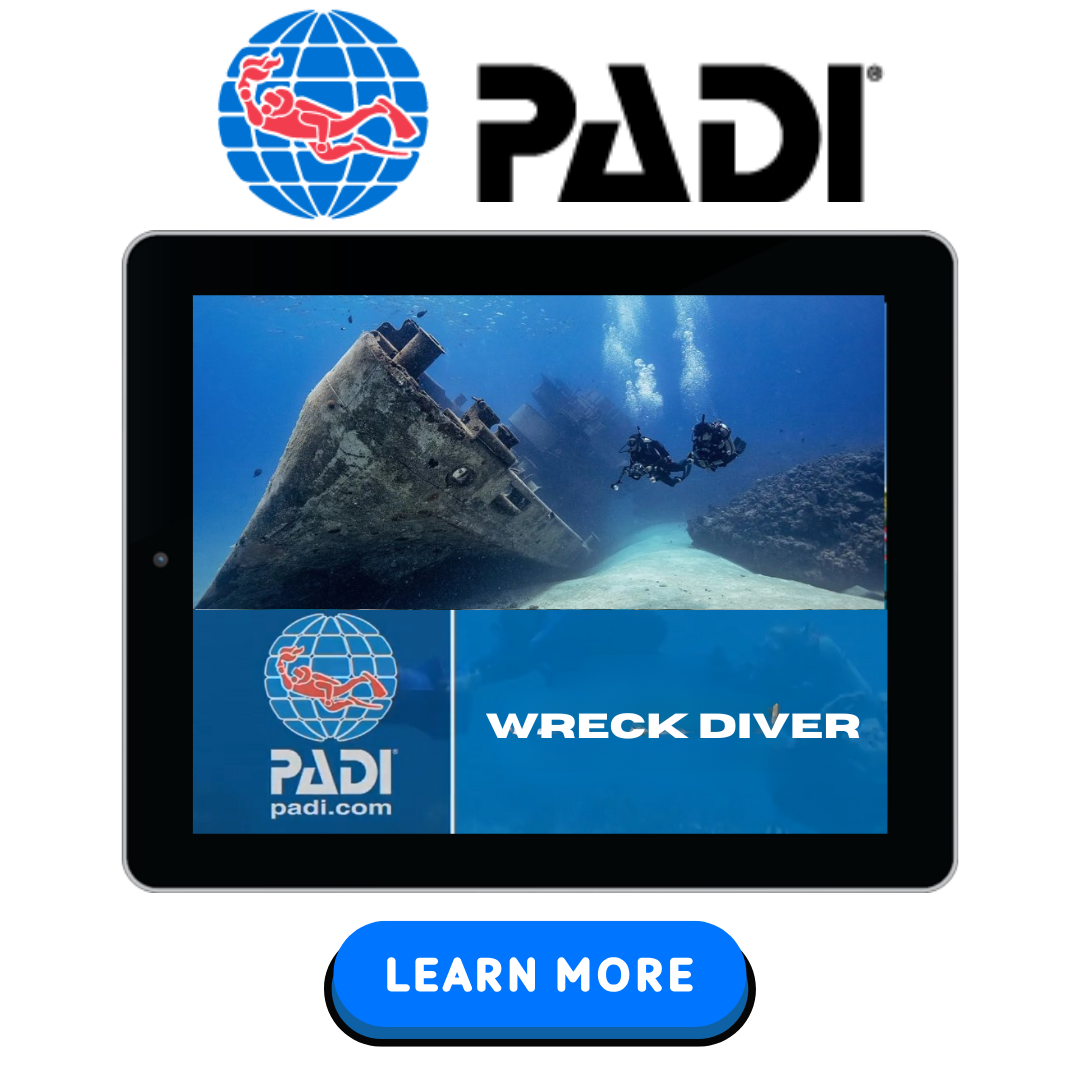All you need to know about the Wreck Diver Course in Subic Bay is our focus this week. From that last push to take the course to the benefits of sacrificing a week in your life to focus on wreck dive training.
Wreck diving captures the imagination of many divers, each drawn in for different reasons. For some, it’s the thrill of exploration and the challenge of navigating through a sunken structure. Others are captivated by the historical significance, seeing each wreck as a time capsule resting on the seafloor. Underwater photographers are inspired by the dramatic visuals wrecks provide, while nature enthusiasts are fascinated by how quickly these structures transform into thriving artificial reefs. Though most commonly associated with sunken ships, wrecks can also include downed aircraft, railroad cars, and even automobiles. These sites vary widely in accessibility, ranging from shallow, beginner-friendly locations to deep, complex wrecks suited only for experienced technical divers.
No matter whether it’s your first time or your hundredth, there’s something unforgettable about descending into the past. That feeling lies at the heart of the Wreck Diver Course of PADI. The course is built on the philosophy of making wreck diving both safe and enjoyable. Its primary aim is to equip student divers with a systematic, thoughtful approach to exploring wrecks while staying within recreational limits and minimizing impact on fragile marine ecosystems.
Through a combination of knowledge development and hands-on practice, divers learn the essential techniques and considerations of wreck diving. This includes understanding legal and ethical aspects of wreck exploration, recognizing common hazards, researching potential dive sites, selecting appropriate equipment, and learning the basic principles of wreck penetration. Students also gain insight into how to interact respectfully with the marine life that often inhabits these structures.
The best way to learn wreck diving is to experience it firsthand. That’s why this course blends independent study with practical application. Student divers reinforce what they’ve learned by reading the PADI Wreck Diver Manual and watching the companion video, followed by completing at least four open water dives in Subic Bay. During these dives, they apply their knowledge directly, practicing navigation, line handling, and penetration techniques in real-world conditions.
By the end of the course, divers will have not only gained confidence and competence in wreck diving but also developed a deeper appreciation for the stories, ecosystems, and silent beauty that lie beneath the surface.

The PADI Wreck Diver Specialty Course is designed to provide student divers with the knowledge, skills, and confidence needed to explore and enjoy underwater wrecks safely. Through a series of four structured dives, participants progressively build their expertise—starting with external wreck navigation and observation, and culminating in a supervised wreck penetration. Each dive builds on the last, emphasizing safety, awareness, navigation, and proper techniques to protect both the diver and the underwater environment.
The Wreck Diver Course Dive One: Exterior Exploration and Navigation
The first dive of the Wreck Diver Course introduces divers to the wreck site from the outside. Under the direct supervision of a Teaching Status PADI Instructor, student divers swim along the exterior of the wreck, maintaining neutral buoyancy and proper trim to avoid contact with the bottom or delicate structures. This dive is essential for learning how to identify potential hazards such as sharp metal edges, entanglement risks, and unstable structures, as well as understanding the importance of buoyancy control to avoid disturbing sediment or harming marine life.
Before entering the water, the instructor delivers a comprehensive briefing outlining the dive sequence and specific tasks. During the dive, the instructor leads the navigation using appropriate techniques, while buddy teams follow closely, mirroring the same path to gain a full overview of the wreck’s layout. Students are encouraged to remain aware of their surroundings and practice responsible finning to minimize silting. They begin developing the essential habit of observing structural features and environmental conditions that may affect future wreck dives.
After the dive, the class gathers for a debriefing to reflect on the wreck’s condition, discuss any marine life spotted, and review navigation success. This guided reflection helps students identify what worked well and what improvements can be made. The dive is then logged and signed by the instructor.
The Wreck Diver Course Dive Two: Mapping, Hazards, and Surveying for Penetration
Dive Two of the Wreck Diver Course builds upon the foundational skills developed in the first session, with added focus on observation, mapping, and entry point evaluation. Working in buddy teams, students swim along the wreck’s exterior once again, but this time they actively map the site. This includes marking key features, noting any hazards such as fishing nets or jagged openings, and identifying possible entry points for future limited penetration dives.
Using appropriate navigation techniques, buddy teams explore and document their section of the wreck, recording the approximate size and layout, and highlighting points of interest such as cargo holds, bulkheads, or unique structures. Where possible, students evaluate potential entrances, considering whether they are wide enough, free from debris, and stable. Although no one enters the wreck during this dive, underwater lights may be used to illuminate openings and assess what lies immediately beyond them, looking for silt, sharp metal, and obstructions.
Prior to the dive, a detailed briefing outlines all objectives, including safe mapping procedures and what criteria to look for in a potential penetration route. After the dive, students participate in a structured debriefing session where they review their maps, share observations, and discuss which entrances, if any, may be viable for a future penetration dive. They also reflect on any challenges they encountered with navigation or mapping techniques and discuss how they can improve in the next sessions. The dive concludes with logging the activity and receiving instructor approval.
The Wreck Diver Course Dive Three: Simulated Wreck Penetration and Line Handling
The third dive introduces students to wreck penetration techniques in a controlled, simulated environment. Rather than entering the wreck itself, student divers practice securing, deploying, and retrieving a penetration line along the outside of the wreck. This hands-on exercise provides the opportunity to rehearse real-world skills in a lower-risk setting.
Working in buddy teams, the Wreck Diver Course student divers secure a guideline at a designated starting point, then carefully deploy it while swimming along the exterior. The objective is to maintain constant contact with the line and simultaneously carry and use a dive light, simulating low-light conditions commonly found inside wrecks. Throughout the exercise, divers are expected to move with precision to avoid disturbing silt, something critical in confined spaces where visibility can quickly drop to zero.
As always, the dive begins with a thorough briefing, explaining the importance of proper line handling, buddy coordination, and light use. Once underwater, the instructor observes and guides the teams, correcting technique as needed. After surfacing, the debriefing allows each diver to evaluate their performance and receive feedback on line management, buoyancy, and teamwork. Students share insights on what worked, what challenges they faced, and how they would adjust their technique during a real penetration. The dive is then logged and verified by the instructor.
The Wreck Diver Course Dive Four A: Supervised Wreck Penetration
Dive Four A is the culmination of the Wreck Diver Course, offering students their first opportunity to perform an actual wreck penetration under the close supervision of a qualified instructor. Prior to the dive, students and instructors carefully plan the dive, discussing air supply management, penetration depth, and time limits based on established gas consumption and safety rules.
Inside the wreck, divers follow a secured penetration line while maintaining continuous contact and carrying a dive light. Movement is deliberate and controlled to prevent silt disturbance, protect the integrity of the site, and maintain visibility. This dive brings together all the skills practiced in previous sessions: precise buoyancy, controlled finning, situational awareness, and calm execution.
Navigation continues to be emphasized, as student divers must locate and return to the original ascent point without surfacing. Safety is paramount—there is no room for improvisation or deviation from the planned route. Throughout the dive, the instructor monitors each team, ready to assist or redirect if necessary.
After surfacing, the class conducts a final debriefing. Students reflect on their experience inside the wreck, their comfort level with the confined space, and their ability to manage both the guideline and dive light. Discussions highlight what techniques were most useful, what could be improved, and how to safely approach future wreck dives. The dive concludes with logbook entries, instructor signatures, and a sense of accomplishment for having completed one of the most exciting and skill-demanding specialties in recreational diving.
Sign up for the Wreck Diver Course, which will be held in Subic, the wreck diving capital of the Philippines. With over ten wreck sites from beginner-level dives like the El Cap to the deep dive, Sky Raider.

